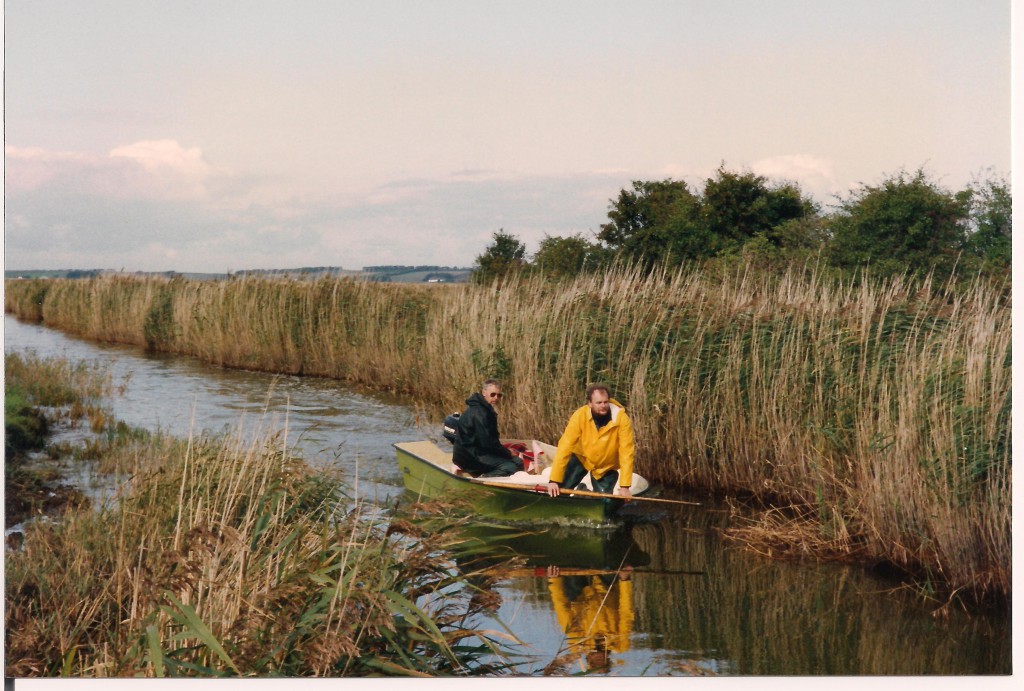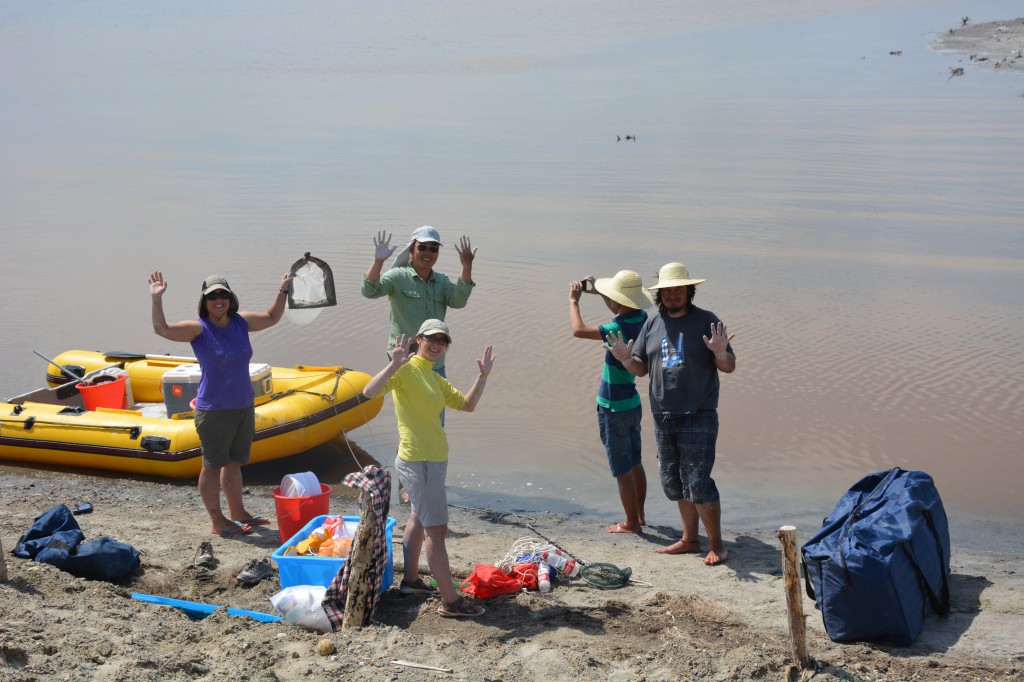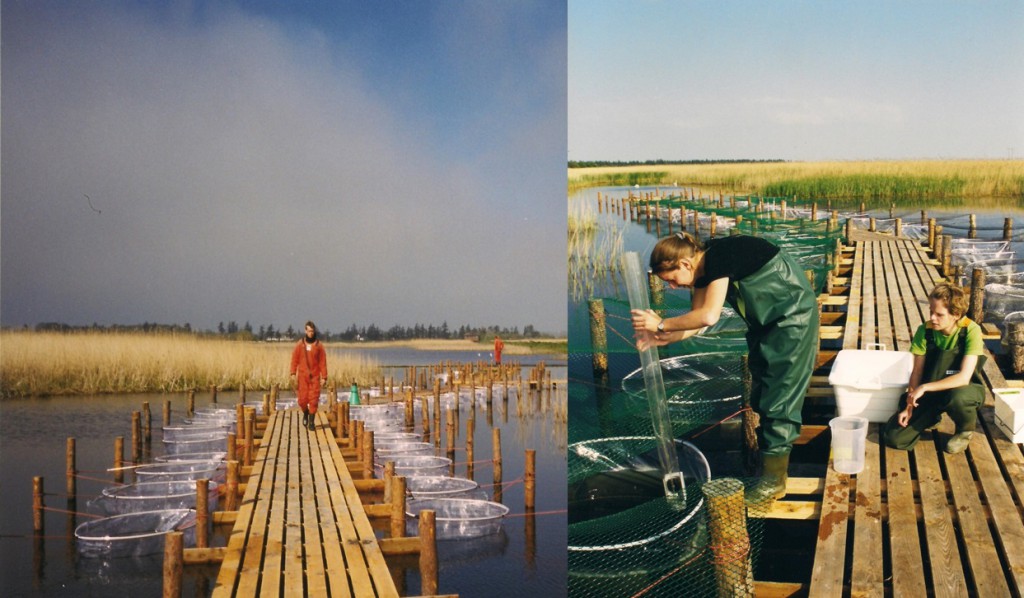Erik Jeppesen (University of Aarhus, Denmark) is well known person in the world of lakes ecology. Previous year he co-authored the paper on ecological impacts of global warming and water abstraction on lakes and reservoirs due to changes in water level and related changes in salinity that received a lot of attention from both scientists and mass media. We decided to ask him several questions about trends in saline lake studies and the place of saline lake research in limnology.
ISSLR: It was noticed that the number of research papers published on saline lakes is several times less than the number of freshwater lake studies. From your point of you, what is the main reason for this inequality?
Erik: I think there might be several reasons for that. Firstly it is a question of tradition. freshwater and marine studies have traditionally been in isolated key study areas, leaving less room for saline lake studies. If we go a few years back in time most people dealing with lakes were studying deep freshwater lakes, even in countries where shallow lakes was completely dominating, such as in Denmark and the Netherlands and even though most of the worlds lakes are shallow. It took a while to break this tradition, but when it finally occurred in the late 1980´s, shallow lakes research took off with high speed all over the world.

Erik Jeppesen in front and a technician in action in the large shallow brackish lake system Vejlerne , Denmark
I think the same can happen for saline lake and brackish lake research, not least because more freshwater lakes will face risk of becoming saline due to climate warming, and those that are already saline to decline in size or dry out. A second reason is that inland water studies have been particularly intense in Northern countries in Europe, Russia and North America (where most inland waters are), but the increasing problems with water quantity and quality in Mediterranean and other dry areas will for sure change the focus in the future. Thirdly, there has been a tendency that researchers working on saline lakes have concentrated on inland saline lakes. Clearly this community should work with researchers studying brackish lakes and a wider group of researchers working in similar types of freshwater lakes f.ex. I have the feeling that part of the reason for lower visibility is due to a “family” behavior among the saline lake people, but I may be wrong.
ISSLR: Recently, John Downing proposed an idea that limnology and oceanography are two estranged twins that will be reunited by global change. One can speculate that saline lake research is just between freshwater and sea studies. What do you think about the chances of saline lakes to become the unifying topic?
Erik: I agree that saline and brackish lake research could and should build the bridge between the traditional focus areas as also discussed above. I also see an increasing interest in saline and brackish lake research – checking Scopus with the key words “saline lakes” and “brackish lakes” the number of papers has increased from 10 in 1975 to 98 in 2000 and 271 in 2013 for saline lakes while the same figures are 8, 66 and 120 for brackish lakes. I think the saline/brackish lake communities should use this momentum to become more visible.

An international team (from Denmark, China, Uruguay and Turkey) sampling saline lakes in NW China near Lake Ulungur
ISSLR: What research on saline lakes (recent or classical) comes to your mind first? Are you aware what is going on, what is trending in saline lake research?
Erik: Classic work by Williamson in Australia, Last in Canada, Fritz in US, Aladin in Russia – all on saline lakes and Björk in Sweden and Ueda and Kunuo in Japan on brackish lakes. Concerning the todays science I feel that the same topics are trendy as in limnology (see also answer to the next question) and there are many key actors.

Enclosure experiment (72 units) to study effects of salinity and water level on the trophic dynamics in brackish lakes in Vejlerne, Denmark
ISSLR: As one of the top world limnologists, if you focus primarily on saline lake studies, what would be your favorite topic?
Erik: I think that there are many relevant topics. My own main interest is and would be on trophic dynamics, food-chains and cascading effect of changes in structure along a gradient in salinity (of different ion composition, inland lakes, brackish lakes) in different climate zones of the world. Also a comparison of the often more closed inland saline lakes and the more open (part of the year) brackish lakes on trophic dynamics and biogeochemical cycling, including their seasonality is an interesting topic. There is a lot to discover here in my opinion. But there are many other fields e.g.
- lake development using paleoecology and long-term historical records are highly relevant in a climate change perspective;
- effects of water level on the ecology and biogeochemical cycling;
- biodiversity and the blending of ecology and evolution;
- role of saline lakes as a source and sink for GHG´s;
- human pressures on saline lakes (e.g. agriculture, water abstraction, draining, salt production and damming);
- remote sensing to study recent changes over time;
- studies of short term changes of various kind to salinity changes using HF sensors;
- complex dynamics modelling – just to mention a few.
